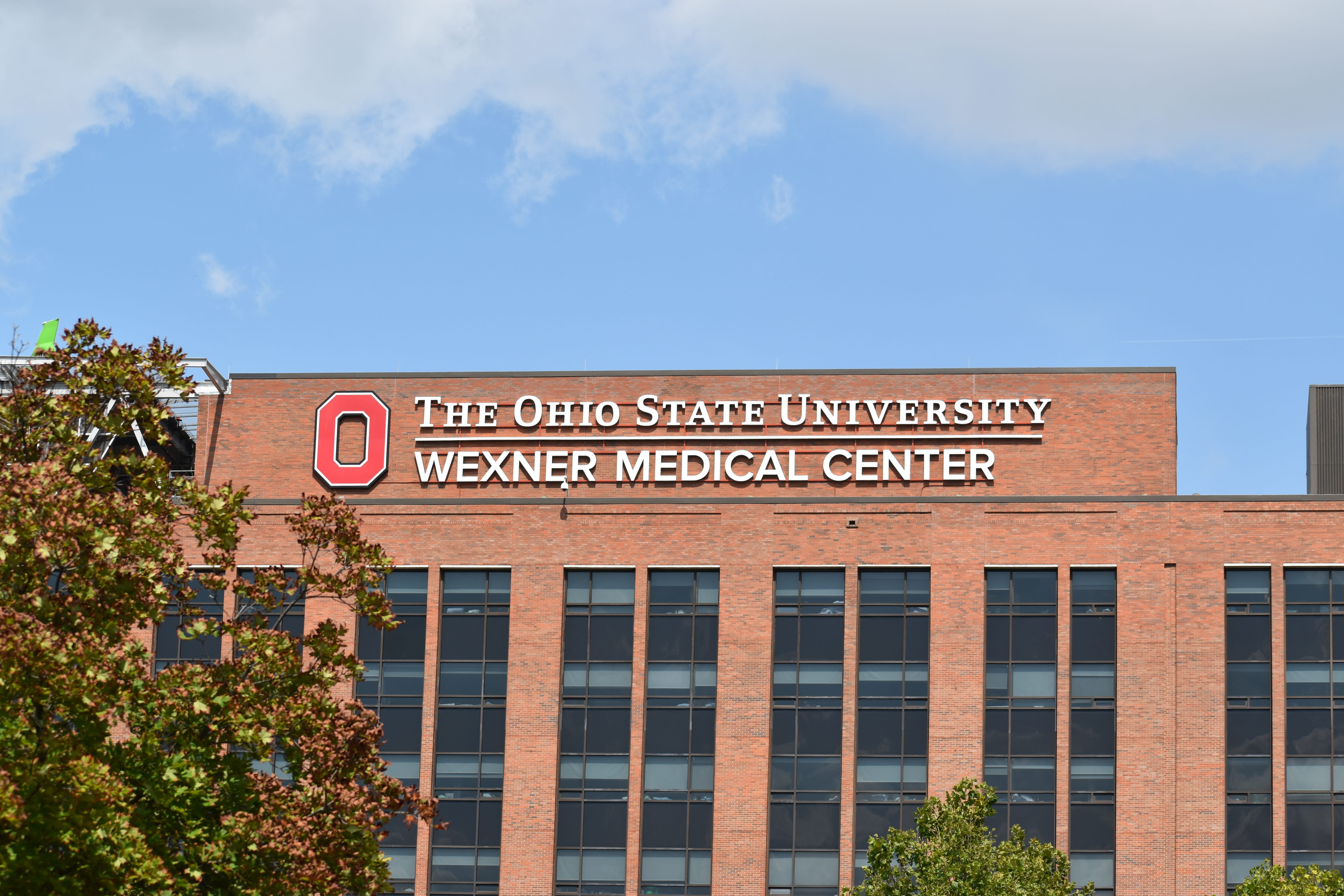
Millicent Duke, a 34-year-old Columbus, Ohio resident, was the first person to receive a full canal vaginoplasty — a fully functional gender-affirming bottom surgery — at the Wexner Medical Center at Ohio State Feb. 8. Credit: Mackenzie Shanklin | Photo Editor
After more than three decades of gender dysphoria, Millicent Duke said she’s finally comfortable in her body.
Duke, a 34-year-old Columbus, Ohio, resident, was the first person to receive a full canal vaginoplasty — a fully functional gender-affirming bottom surgery — at the Wexner Medical Center at Ohio State Feb. 8. After seven months of recovery, she said she is relieved to feel “normal” and secure with herself.
“Mostly what I thought before the surgery was just a lot of uncertainty — it almost felt like a lack of intimacy with my own body,” Duke said. “This feeling that it was there, it was on me; I possessed these particular parts, but they were always sort of a separate entity to myself.”
Duke said she thought the mismatch she felt with her body — termed gender dysphoria — was normal because she’d experienced it her entire life and no one had told her any differently.
Dr. Nima Baradaran, a urologist at the medical center who performed Duke’s surgery, said a vaginoplasty can minimize or eliminate symptoms of gender dysphoria, and he has seen positive reactions from his patients.
“Most of the patients I have interacted with have been wanting this surgery for decades,” Baradaran said. “People might think this is a surgery of a 20, 30-year-old, but that’s not necessarily the case. I have many people in their 60s and 70s who have that desire, that wish to have this operation done.”
Baradaran said Duke’s surgery was the second vaginoplasty performed at the medical center, but the first full-depth surgery in which patients can choose to have a full canal if they’re interested in receptive intercourse. This type of surgery comes with slightly higher risks, such as bleeding and infection. He said he appreciates the trust the patients have as the medical center continues to perform the procedures.
“We certainly appreciate them being open to essentially a new player and collaborating with us to advance the care of our LGBTQ population,” Baradaran said.
Duke said leading up to the day of her surgery, she had fears about going under the knife and complications that could arise.
“‘If I walk away from this, if I let this opportunity go, will I ever get another one?’ ” Duke said. “The answer for me was, ‘I don’t know,’ and I wasn’t going to let it pass me by.”
Duke said as soon as she was checked in and laid on the operating table, her nerves switched to excitement for the next chapter of her life.
Baradaran said introducing the procedure to the medical center was a long process for himself and other doctors who teamed up for about two years to perfect it.
“I would say gender-affirming surgery is probably the pinnacle of reconstructive surgery,” Baradaran said.
Duke said she believes she would not have been able to succeed through the recovery process without her “found” family, made up of her two partners and her child.
She said while the decision to undergo the surgery can be difficult, she knew she wanted it because she was thinking about it constantly for years.
“It’s probably something that you’re going to want if you spend that much time thinking about it and looking up the process and the different options and who around you can do it and how much does it cost,” Duke said. “These are not the thoughts of cis men.”


